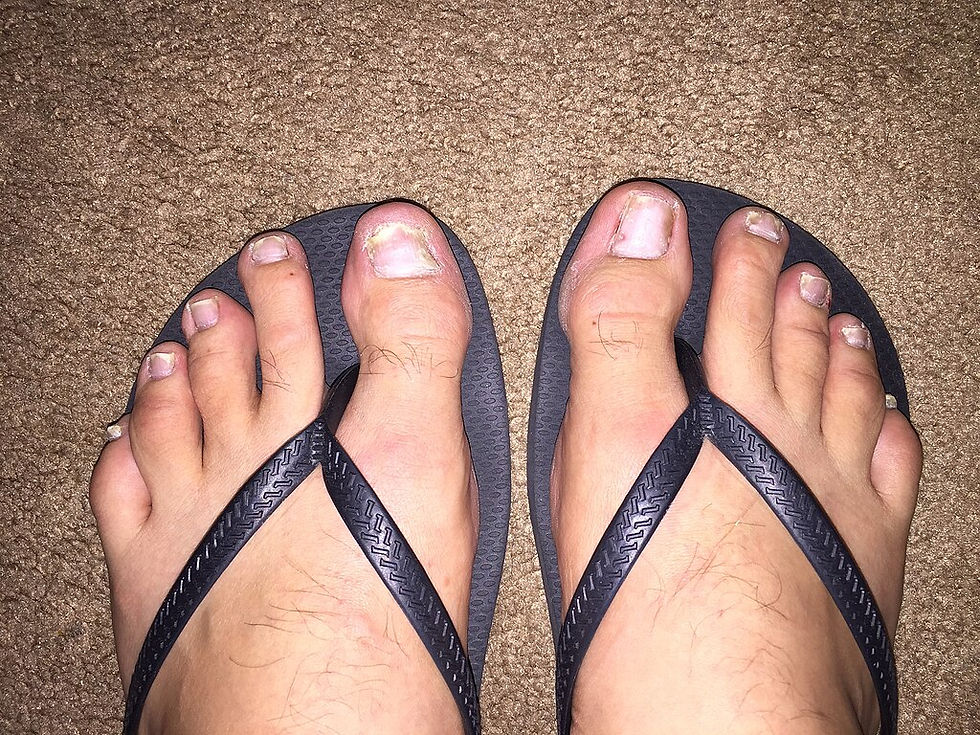Dental metal sensitivity, psoriasis unrelated
- John Evans
- Jan 8, 2021
- 2 min read

Psoriasis and dental metal hypersensitivity are caused by unrelated immune mechanisms, even though metal hypersensitivity is closely associated with other inflammatory autoimmune or cutaneous inflammatory diseases.
The study, published in Health Science Reports (Mar. 2021; 4(1):e223), was conducted to assess the contribution of dental metal hypersensitivity to psoriasis. It was a retrospective examination of hypersensitivity to zinc, gold, nickel, and palladium—metals commonly used for dental alloys.
“Evidence has accumulated that pathological autoimmune responses mediated via the IL‐23/IL‐17 axis underlie psoriatic skin inflammation,” the authors write. “Similar dermal activation of the Th17 immunity has also been observed in patients with metal hypersensitivity.”
The research team enrolled a total of 53 Japanese patients with psoriasis vulgaris (PV) and 22 age‐ and sex‐matched healthy controls (HC) in the study. All of the subjects had metallic dental implants or prostheses which contained zinc, gold, nickel, or palladium as major constituents.
The investigators used the lymphocyte transformation test (LTT) to quantitatively evaluate the subjects’ sensitivity to the metals.
They found that most HC individuals (68.2%) were not sensitive to any of the metals examined, and the rest (31.8%) were hypersensitive to only a single metal species. In contrast, half (52.8%) of the PV patients were hypersensitive to at least one metal species, and 30.2% were hypersensitive to more than one species.
The investigators found no significant difference in the overall prevalence of metal hypersensitivity between the PV and HC groups. They also found no significant difference in the prevalence of hypersensitivity to individual metals or in the mean sensitivity index values to each metal between the two groups.
They conclude that their findings support the idea that there is a similar prevalence of metal sensitization between patients with psoriasis and the general population.
However, they mention: “The relatively small sample size may limit the conclusion, and further studies with larger cohorts are needed to determine causality and generalizability more firmly.”



Comments